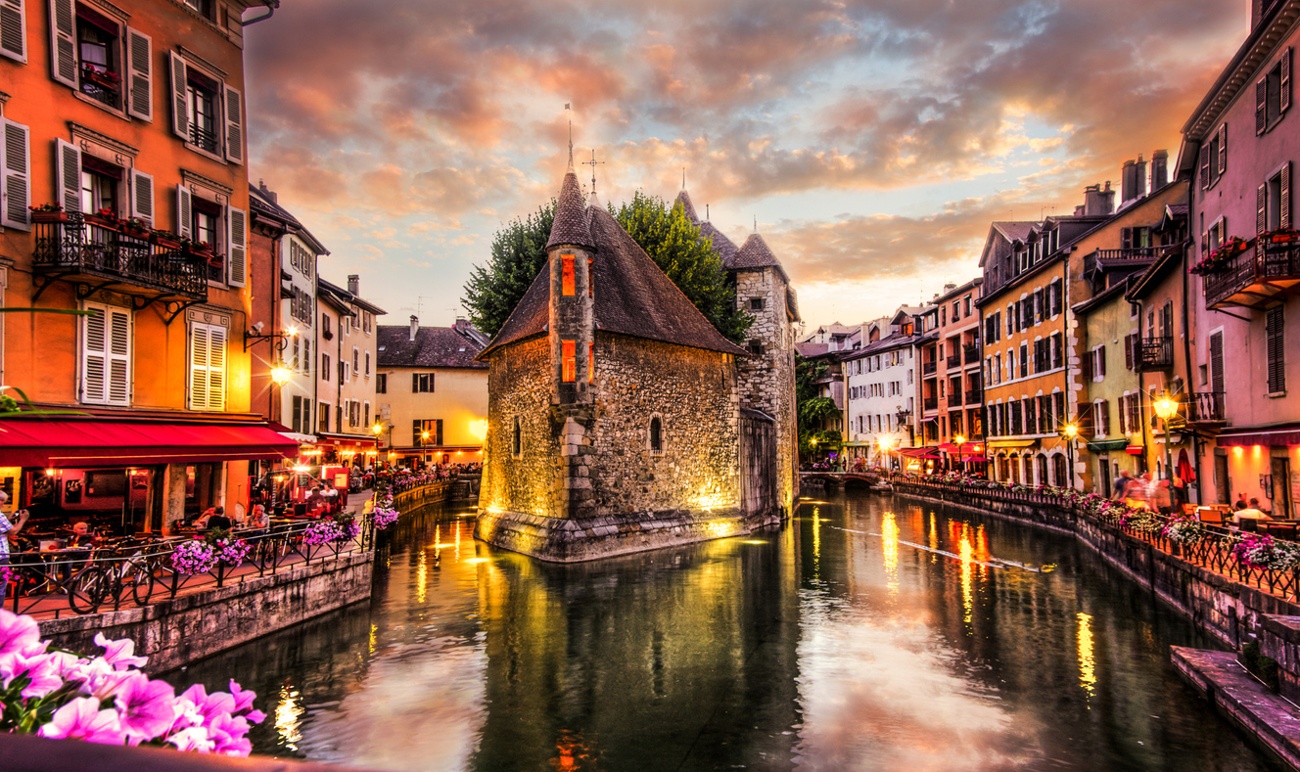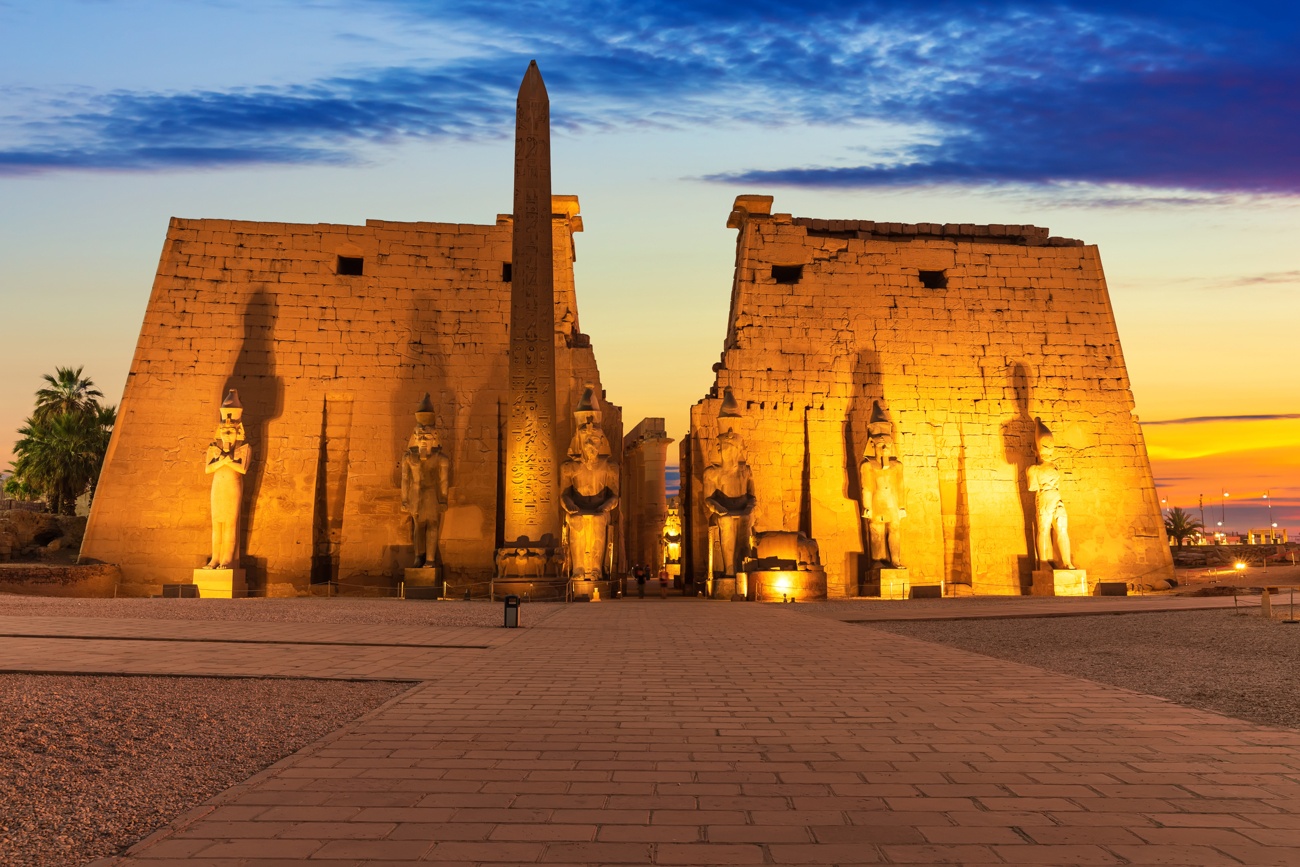
10 of the world’s oldest inhabited cities
Time has not erased the traces of some cities that have been witnesses of history for thousands of years. These cities have maintained their life and culture despite changes and adversities. Many of them are recognized by UNESCO as World Heritage Sites, but others are in danger of extinction. These are some of the oldest and most continuously inhabited cities in the world.
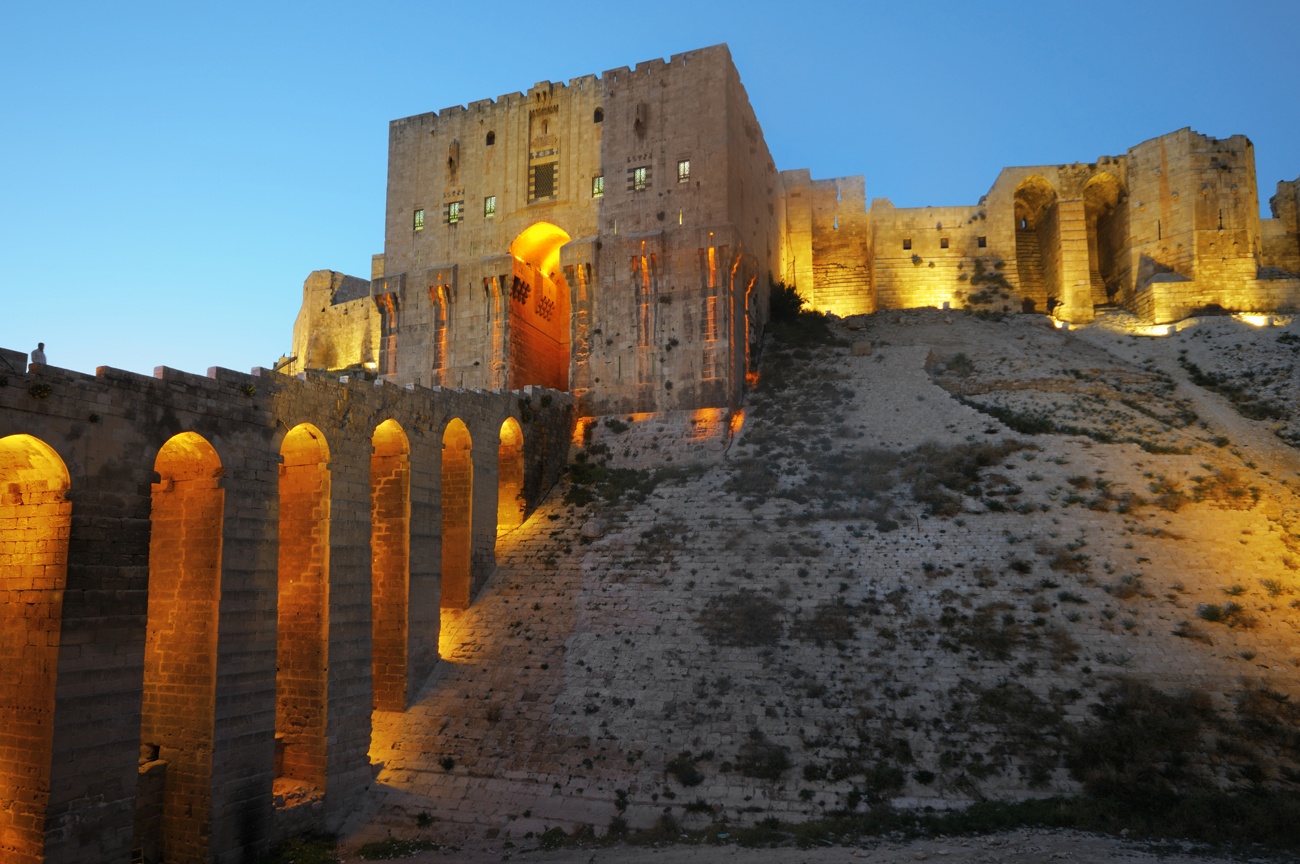
Aleppo (Syria)
Aleppo is a city in Syria located in the north of the country, near the border with Turkey. It is the second most populous city in Syria and the oldest continuously inhabited city in the world, with over 5000 years of history. Aleppo was an important commercial and cultural center in ancient times, which was part of various civilizations such as the Hittites, the Assyrians, the Persians, the Greeks, the Romans, the Arabs, the Ottomans and the French. Aleppo preserves a rich architectural and artistic heritage, including the medieval citadel, the great souk, the Umayyad mosque and the Christian churches.
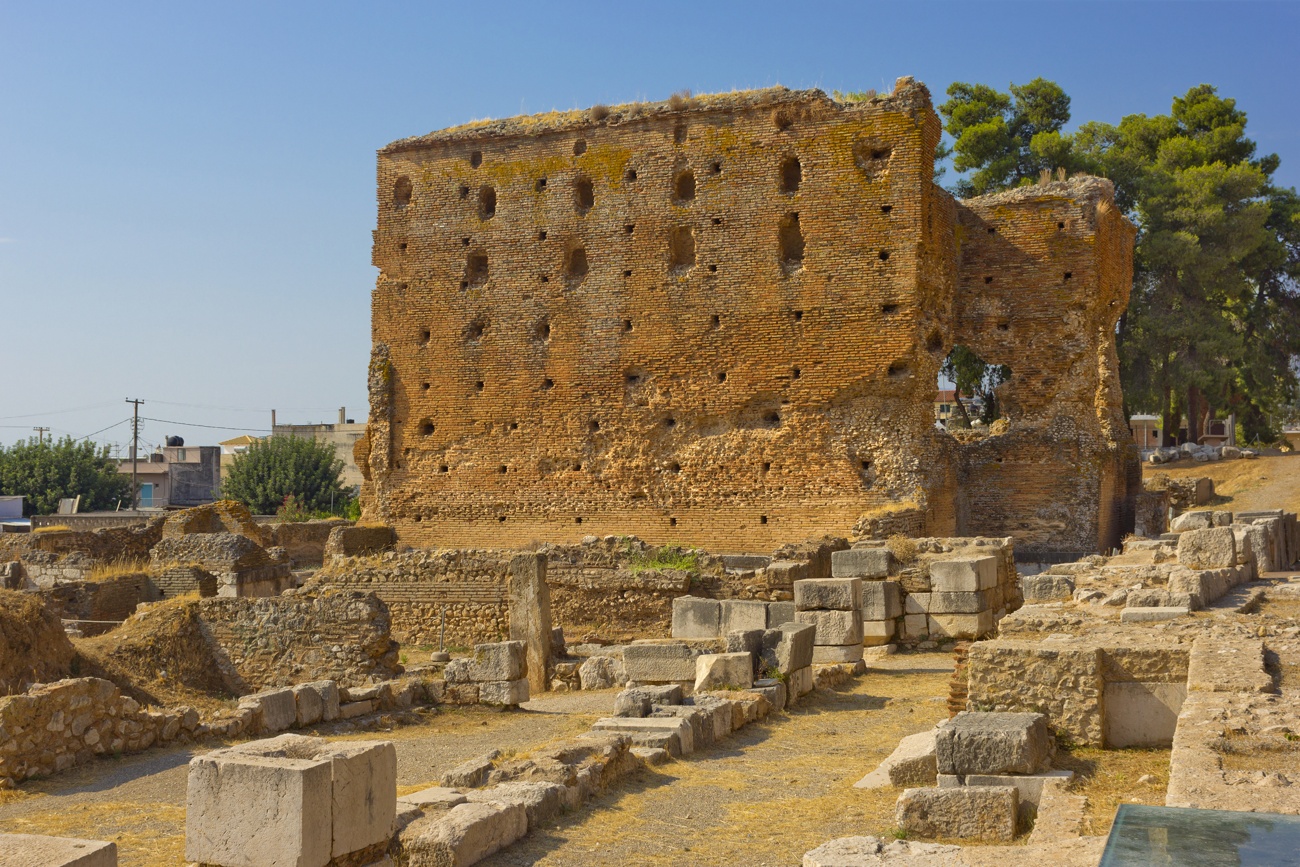
Argos (Greece)
Argos is a city in the Peloponnese, Greece, located near the Gulf of Argolid. It is one of the oldest cities in Greece and Europe, having been founded around 2000 B.C. Argos was an important polis in antiquity, taking part in the Trojan War and the Medical Wars. It was also the scene of many Greek legends and myths, such as those of Perseus, Herakles and the Argonauts. Argos preserves some archaeological remains of its past, such as the theater, the odeon, the agora and the acropolis of Larissa.
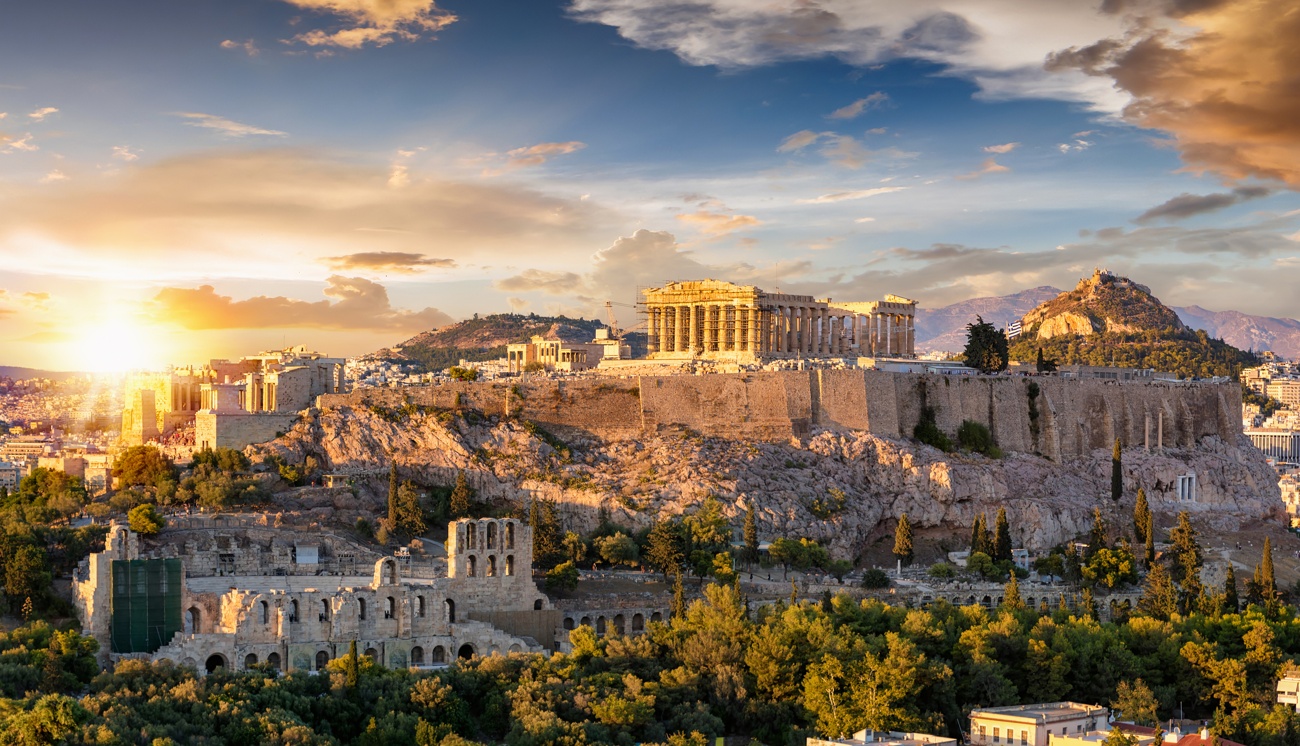
Athens (Greece)
Athens is the capital of Greece and one of the oldest cities in the world, with more than 3,000 years of history. Athens was the center of ancient Greek civilization, which influenced the development of Western culture, politics, philosophy and art. Athens boasts an impressive archaeological heritage, including monuments and temples such as the Acropolis, the Parthenon, the Agora, the Temple of Olympian Zeus or the Theater of Dionysus. Athens also offers a wide variety of museums, such as the Acropolis Museum, the National Archaeological Museum or the Benaki Museum.
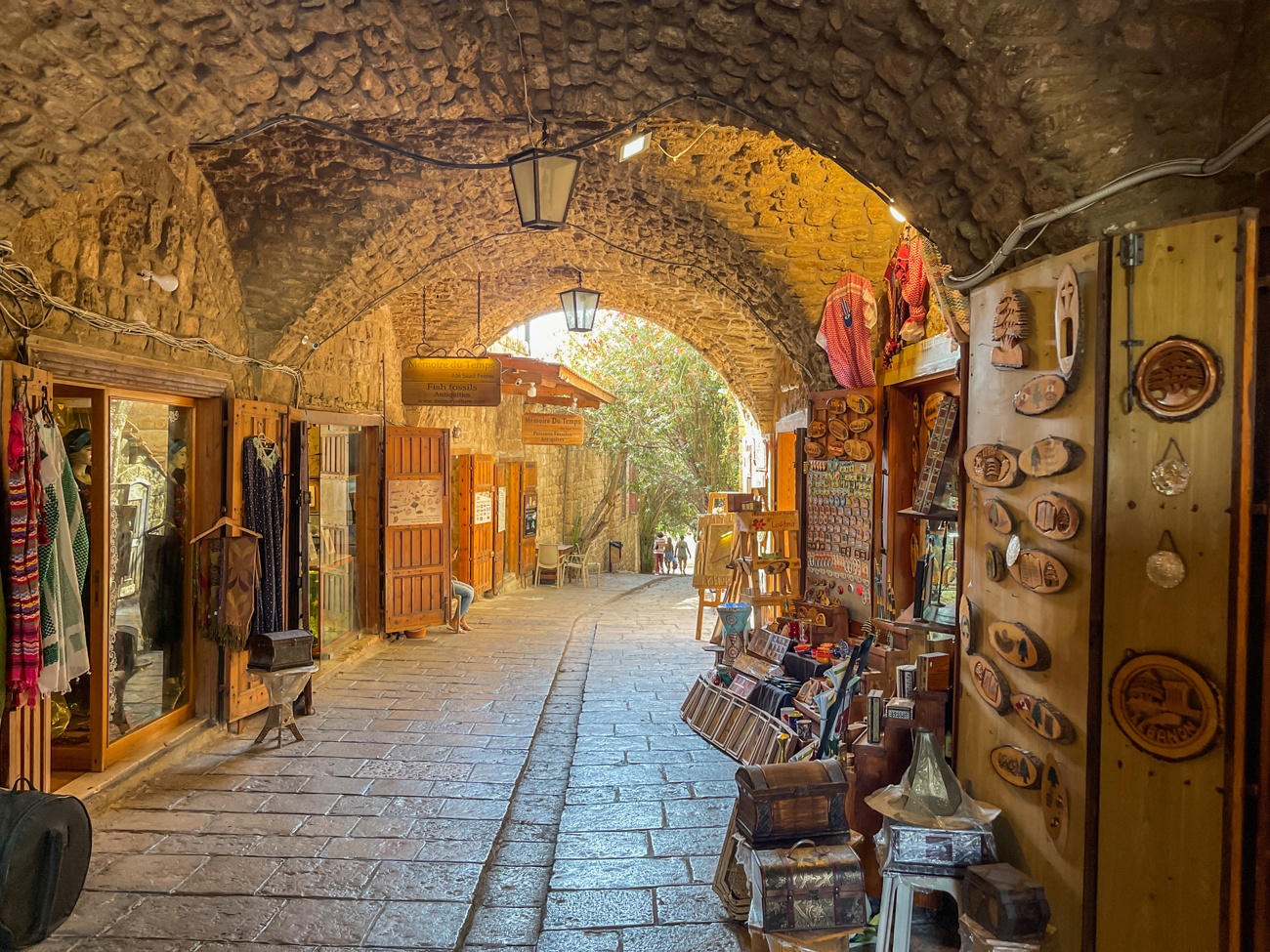
Biblos (Lebanon)
Byblos is a city in Lebanon located on the north coast of the country, 30 km from Beirut. It is one of the oldest cities in the world, founded by the Phoenicians in the 3rd millennium BC under the name of Gebal. Byblos was an important commercial and cultural center in antiquity, which maintained a close relationship with Egypt, from where it imported the papyrus that gave rise to its Greek name. Byblos was also a center for the spread of the Phoenician alphabet, which influenced the development of other writing systems. Among its main attractions are the archaeological ruins of its Phoenician, Roman and Byzantine past, such as the temple of Baalat Gebal, the Crusader castle, the Roman theater or the royal necropolis.
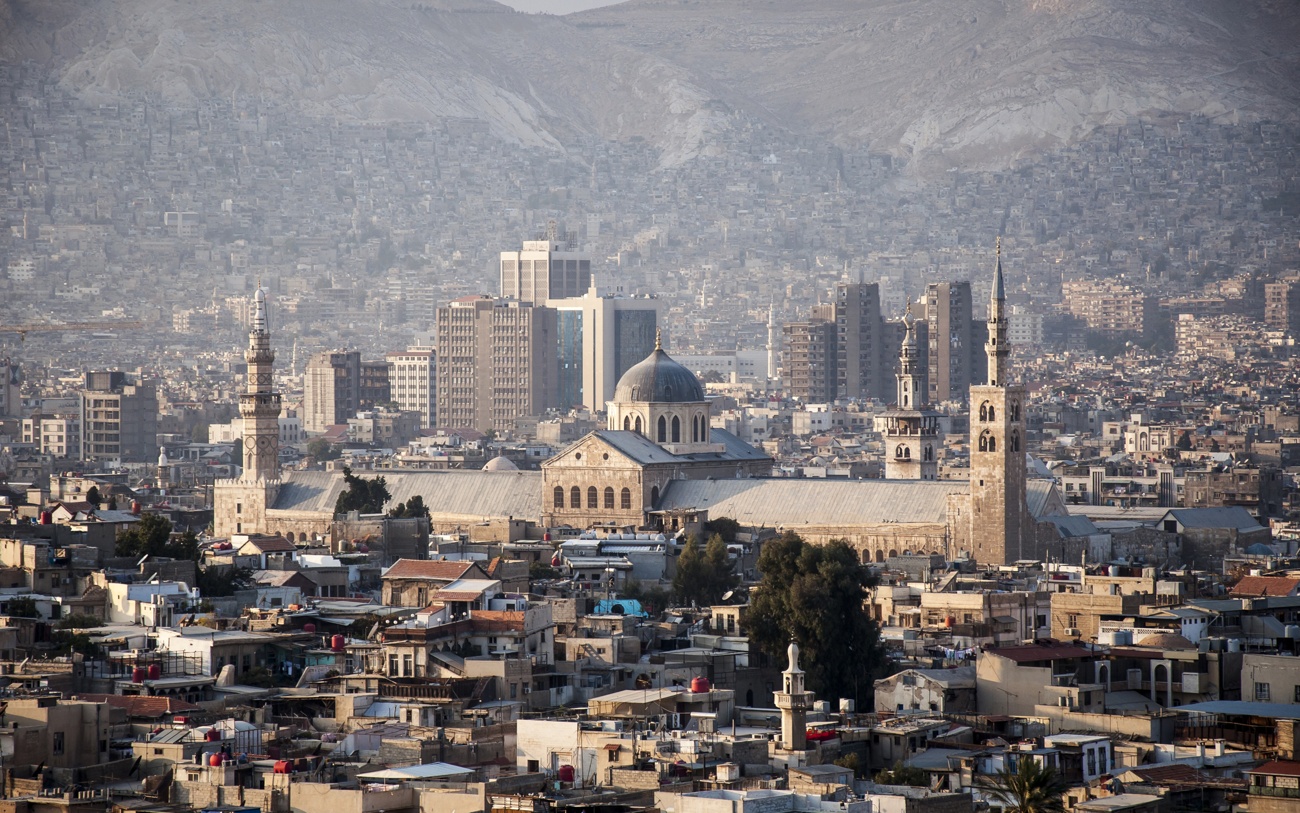
Damascus (Syria)
Damascus is a city with a history of more than 6000 years, which makes it the oldest capital in the world and one of the cities with more continuity of population since the Neolithic. Its geographical location, in the southwest of Syria, near the Mediterranean coast and in the foothills of Anti-Lebanon, has given it a great cultural and religious relevance in the Levant. Its historical and artistic heritage is impressive, with more than 100 buildings and monuments declared by Unesco as World Heritage Sites in 1979, although currently threatened by civil war. Among them is the 8th century Umayyad Mosque, one of the most important mosques of Islam.
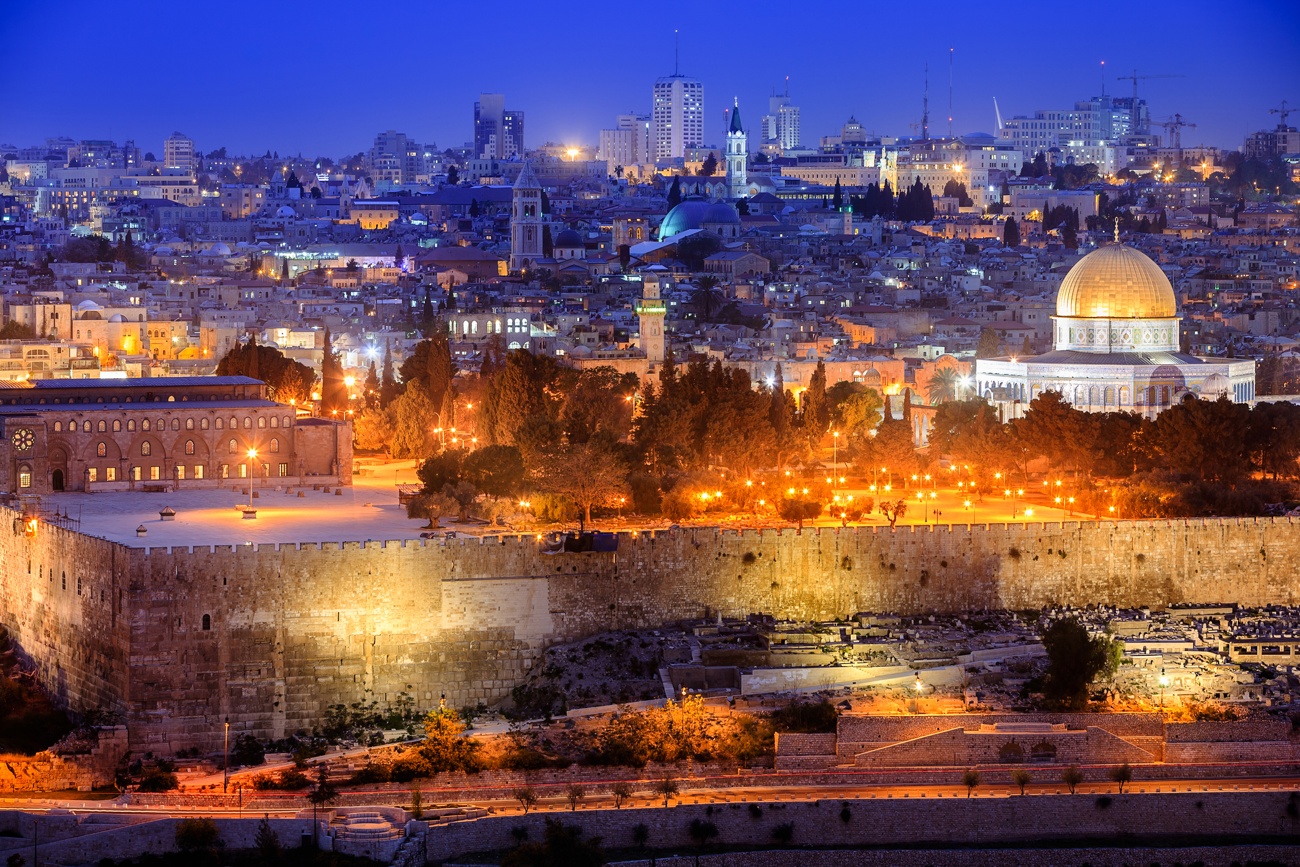
Jerusalén (Israel)
Jerusalem is a Middle Eastern city located in the Judean Mountains, between the Mediterranean Sea and the Dead Sea. It is a sacred city for the three great monotheistic religions: Judaism, Christianity and Islam. Jerusalem has an ancient history dating back to the 10th century B.C., when it was founded by the king of Jerusalem. C., when it was founded by King David as the capital of the kingdom of Israel. Since then, it has been conquered, destroyed and rebuilt by different peoples and civilizations, including the Babylonians, Persians, Greeks, Romans, Byzantines, Arabs, Crusaders, Ottomans and the British. Jerusalem is home to many places of historical and religious interest, such as the Western Wall, the Dome of the Rock, the Church of the Holy Sepulcher, the Mount of Olives and the Old City.
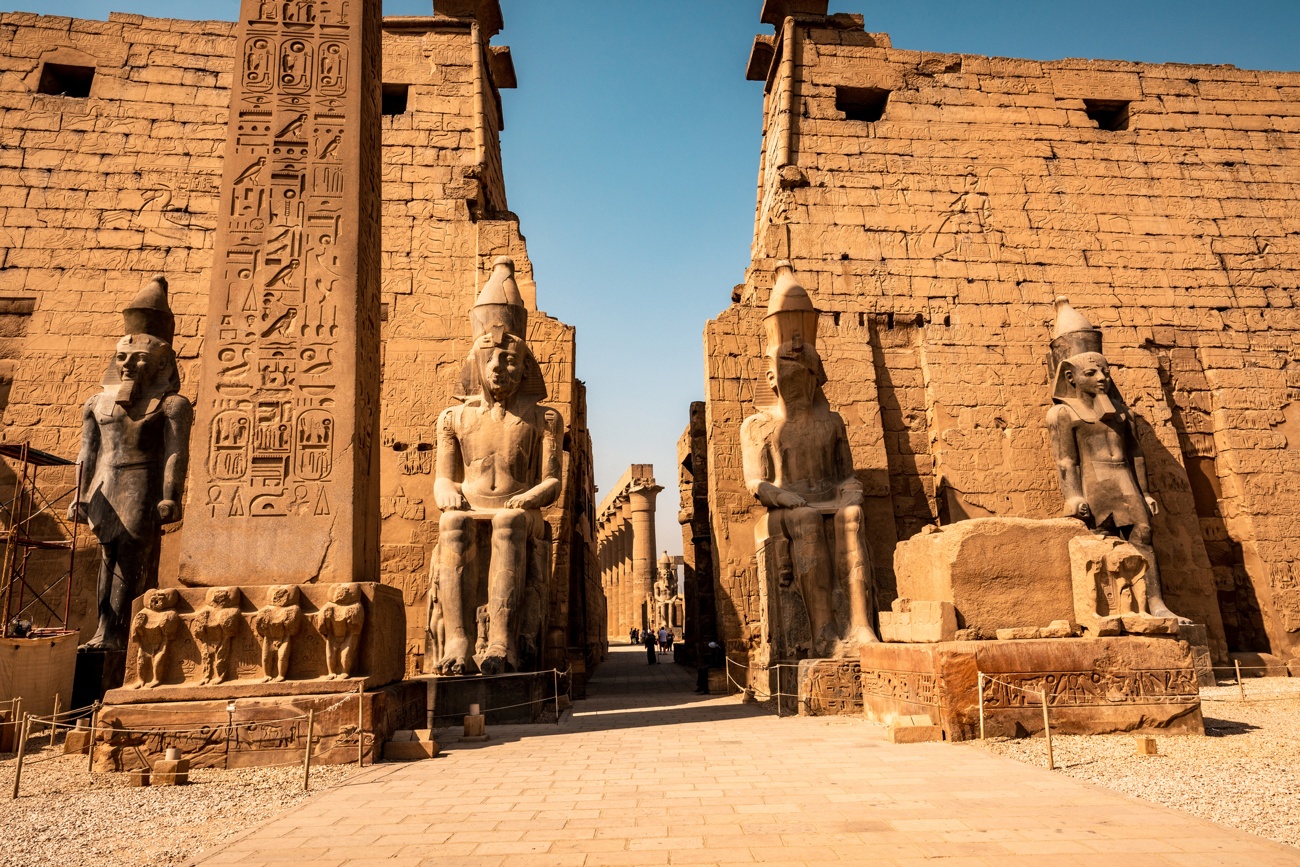
Luxor (Egypt)
Luxor is a city in Egypt located on the eastern bank of the Nile River. It is the site of the ancient city of Thebes, the capital of the New Kingdom of Ancient Egypt. Luxor is famous for its impressive monuments and temples, which make it an open-air museum of Egyptian history and culture. Among the highlights to see in Luxor are the Temple of Luxor, dedicated to the god Amun, the Temple of Karnak, the largest religious complex in the ancient world, the Valley of the Kings, where the tombs of the pharaohs are located, the Valley of the Queens, where the tomb of Nefertari is located, and the Colossi of Memnon, two gigantic statues of Amenhotep III.
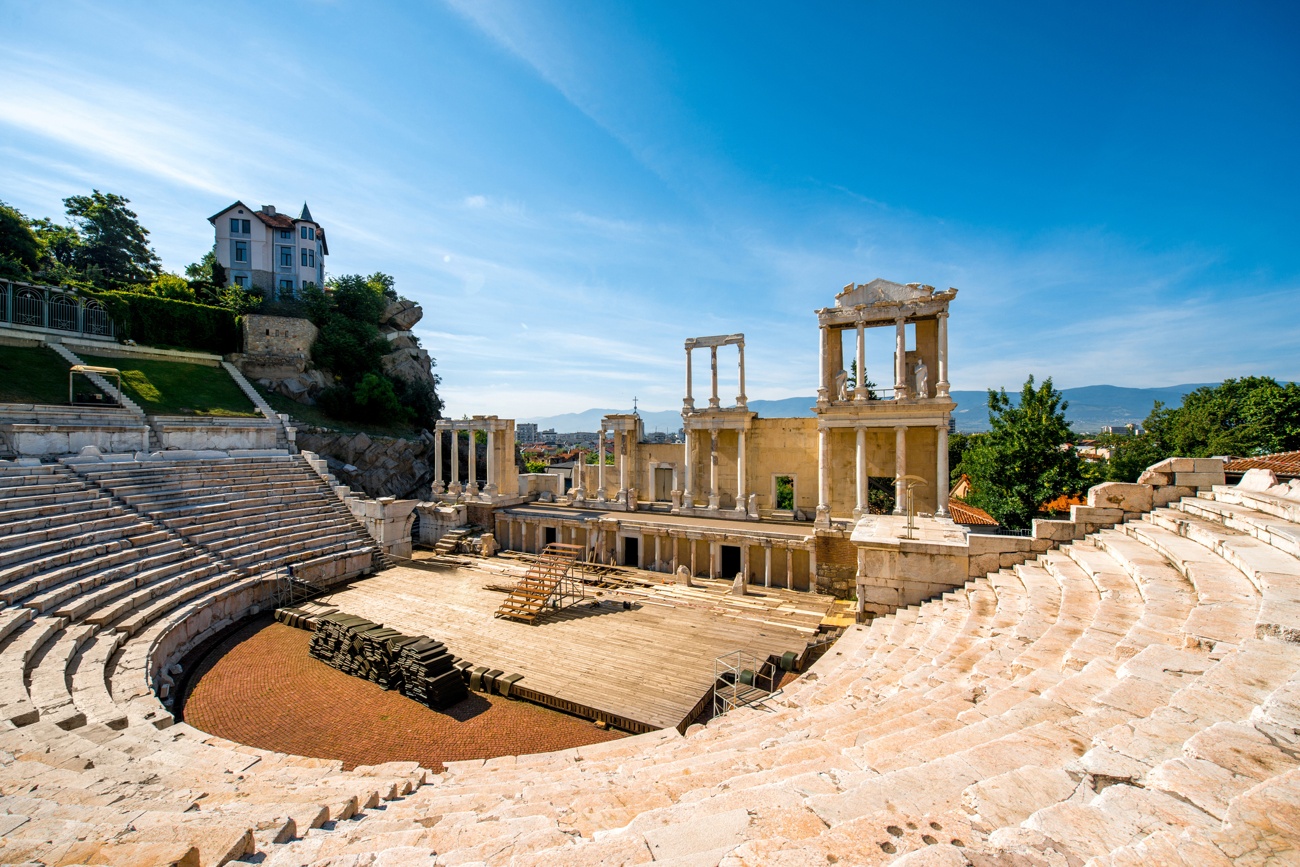
Plovdiv (Bulgaria)
Plovdiv is a city in Bulgaria, located in the region of Thrace, along the Maritsa River. It is the second largest city in the country and the oldest in Europe, with more than six thousand years of history. Plovdiv was inhabited by Thracians, Macedonians, Romans, Byzantines, Ottomans and Bulgarians, who left their mark on its rich cultural and architectural heritage. Among the highlights to see in Plovdiv are the Roman theater, from the 2nd century A.D., the Roman stadium, from the same century, the old town, with its colorful 19th century houses, and the Kapana district, the artistic and bohemian center of the city.
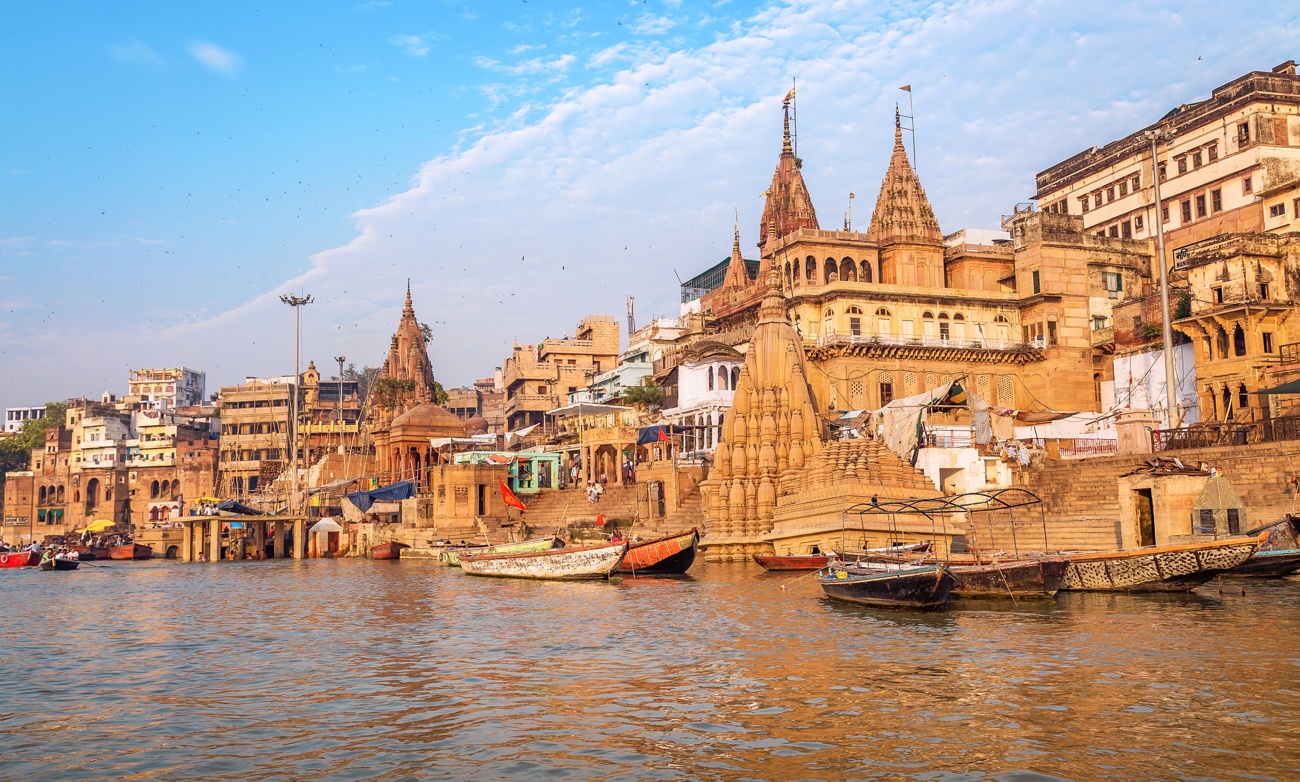
Varanasi (India)
Varanasi is a city located on the banks of the Ganges River, the holiest river for Hindus. It is one of the oldest cities in the world and the main pilgrimage center of Hinduism. In Varanasi one can contemplate life and death in its ghats, the steps that descend to the river, where the faithful bathe to purify their sins and the deceased are cremated to free themselves from the cycle of reincarnation. Varanasi is also a holy city for Buddhists, as nearby is Sarnath, the place where Buddha gave his first sermon after attaining enlightenment.
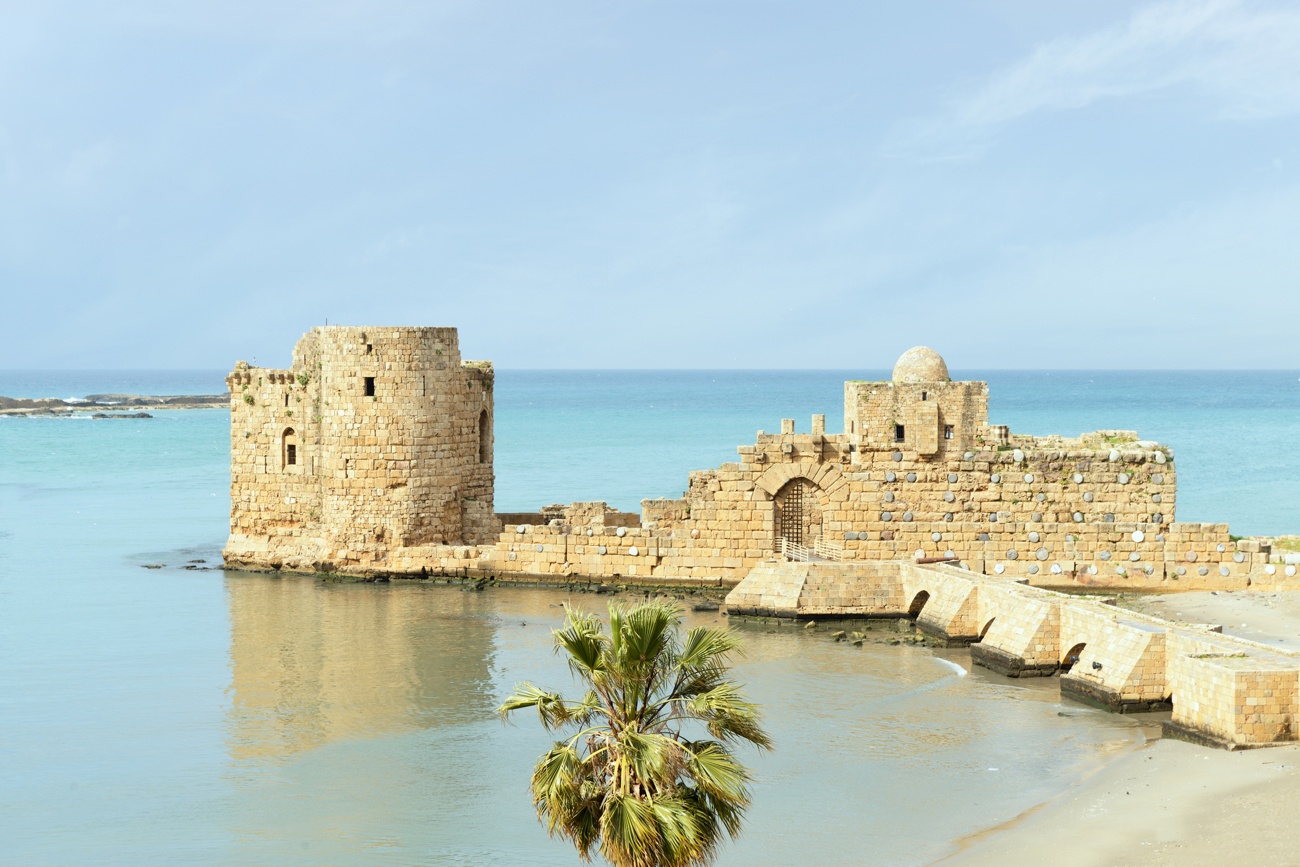
Sidon (Lebanon)
Sidon is a city in Lebanon located on the Mediterranean coast, about 40 km south of Beirut. It is one of the oldest cities in the world, founded by the Phoenicians in the third millennium B.C. Sidon was an important commercial and cultural center in antiquity, which had contact with various civilizations such as the Egyptians, Greeks, Romans and Crusaders. Among its main attractions are the Castle of the Sea, a fortress built on an island in the thirteenth century, the Great Souk, a traditional market full of color and life, and the Soap Museum, where you can learn about the history and the process of making this typical product of the city.






